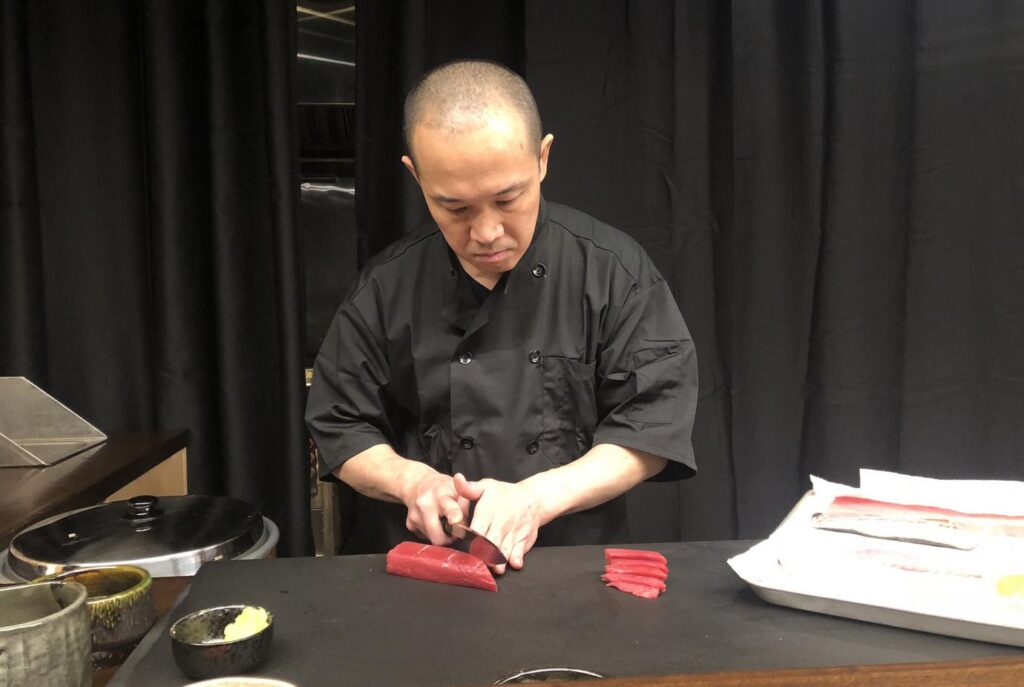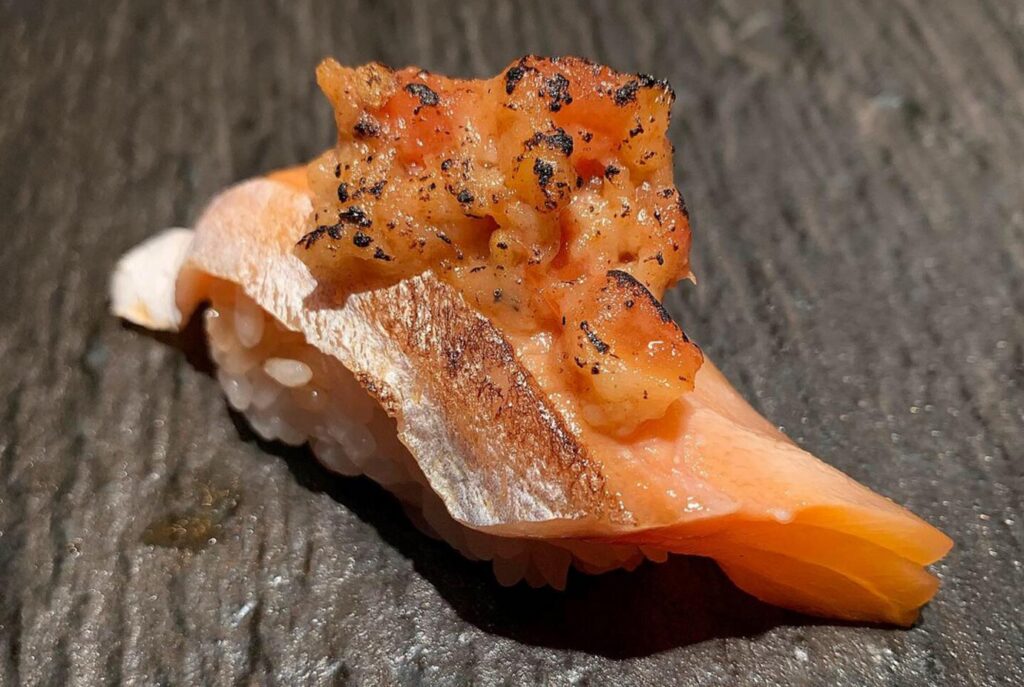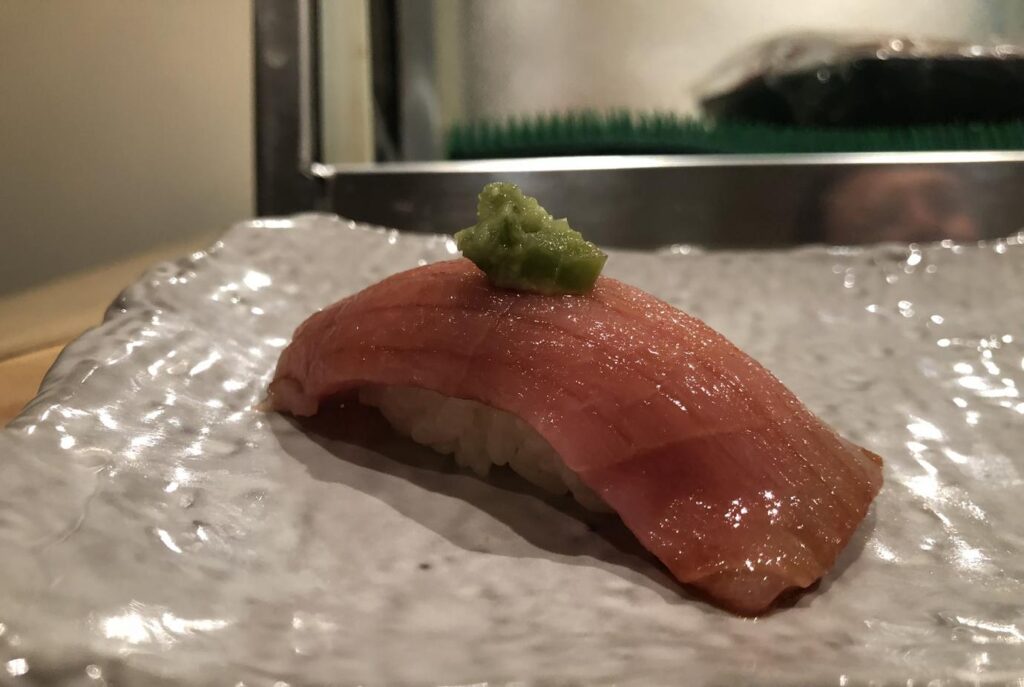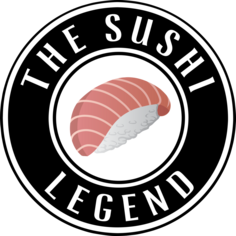There’s not too much beauty in New York City. I know it has the reputation for the glitz and glamour, but I promise you that fantasy will evaporate the second you see a pack of cockroaches that have somehow developed (evolved???) the ability to fly. Really, unless rats scurrying between in, on or through subway cars is your thing, there are about 745 cities I’d recommend visiting first. But I’d be lying if I said this concrete jungle didn’t have its moments. For instance, if you happen to be on the bike path on the west side of lower Manhattan around sunset, you might get the view pictured above. Or, more relevant to why you’re here, there are few places outside of Japan that have the diversity and quality of The Big Apple/Outworld when it comes to sushi.
The sheer volume of sushiya in this city – approximately 745,000 at last check – means you don’t have to spend your paycheck going to a Michelin Star restaurant if you don’t want to. Which is perfect, because the question I get the most – far more than, “What makes you the Sushi Legend?” (hint: it’s the name of the blog, not me) – is “Where I can find a reasonably priced Omakase in this city?” Well kiddos, you’re in luck. I’ve collated a bunch of my favourites that are under the arbitrary amount of $100 below. No particular order. Think I missed any? Drop me a line at info@thesushilegend.com or follow me on Instagram at @TheSushiLegend and slide into the DMs.
Thanks for reading.
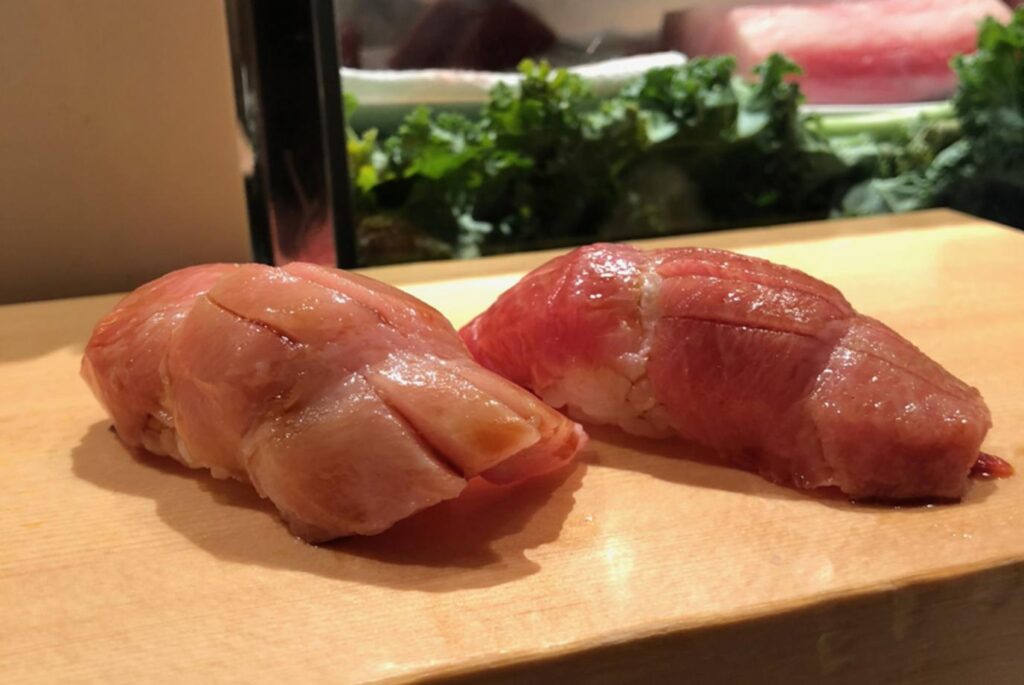
Before Uogashi was a gem on West 51st street, it was a gem in the East Village, well-liked by many, including yours truly. That was, however, until a brutal October 2018 fire left its former home completely unusable. The midtown west version is the successor, despite the bizarre absence of that fact anywhere on the internet.
The super-long counter that appealed to many is gone, but the charm remains. Moving the magic has been historically tough for restaurants with local followings, but Uogashi has avoided that risk in a few ways. First, some familiar faces behind that long counter are back, and with them, their devoted local followings. Second, that very modestly priced, $95 Omakase has made the trek northwest. Though it’s required for those sitting at the counter, you won’t hear many complaints given the relatively reasonable price point.
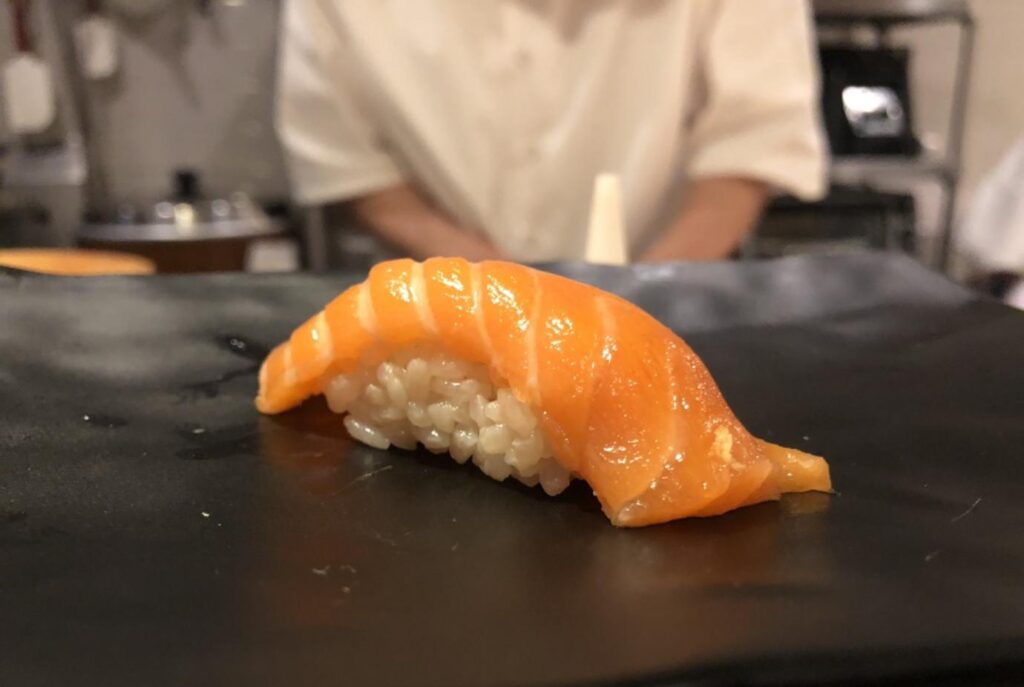
Entering Uotora, the first thing I notice is the coziness. Capacity is tight: there’s room for about 20 in the main restaurant and 8 or so at the sushi counter itself. Atsuomi-san, who served me at the counter through the duration of the meal, explained that the size of Uotora was a natural check on what him and his partners felt would be muted initial interest. Well, turns out he was wrong: incredible initial reviews coupled with demand for great sushi in Crown Heights (slash the world) have meant throngs of customers, despite the fact that Uotora does not yet have a liquor license. That’s a great problem to have but it means that if you’re planning on going – and you should – a reservation is probably wise.
You’d be forgiven for being surprised about Uotora’s location. A small nook in a subset of Crown Heights in Brooklyn, it resides in an area not exactly known as a culinary hotbed. Or it wasn’t at least, until recently, when soaring rents in Manhattan, Williamsburg and Long Island City have pushed some of New York City’s true tastemakers further (or farther?) outside the city’s center. This isn’t the place for massive restaurant groups or celebrity chefs with venture capital funding. It’s for people like Hiroyuki Kobayashi and Atsuomi Hotta, two experienced New York City sushi chefs, who’ve finally decided to push out on their own and open a sushiya in more reasonably priced real estate.
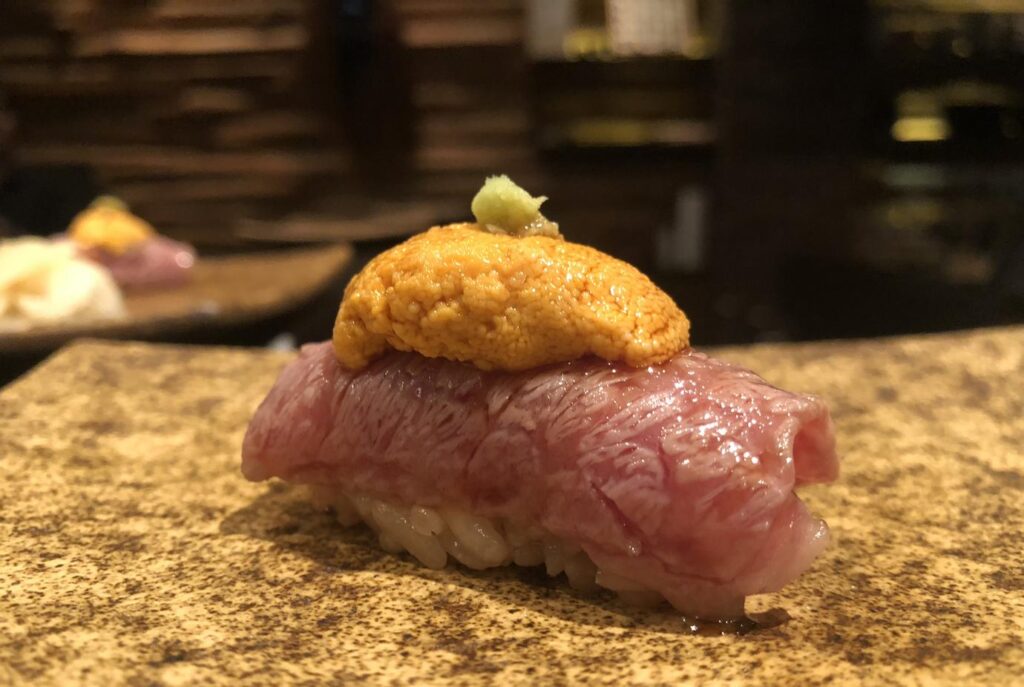
It didn’t take much to get me excited about Omakase by Teisui. The second I heard it was located in the Nomad area of New York City, a notorious black hole of good sushi that really just features low-effort KazuNori, tourist beacon Haru and zillion dollar Noda, my ears perked up like Bugs Bunny’s. Teisui deserves credit for not only plugging that gap with – spoiler alert – great sushi at a reasonable price, but for also reading the market. Previously, it was Teisui, an Izakaya. Same owners, same place. New York City is littered with the corpses of restaurants that stubbornly stuck to their original vision; Omakase by Teisui’s owners, who also own a Ryokan in Akita, Japan, smartly pivoted in October, 2018.
The renewed focus on sushi is led by Taguchi Kazunobu, a veteran of the scene in both Japan and stateside. Taguchi-san presides over the L shaped counter and a few tables with the help of two chefs, a dedicated management team and knowledgeable servers. The restaurant functions far more effectively than you’d expect for a 7 month old sushiya – each nigiri in our omakase comes like clockwork – but of course, it really isn’t a seven month old restaurant, is it?
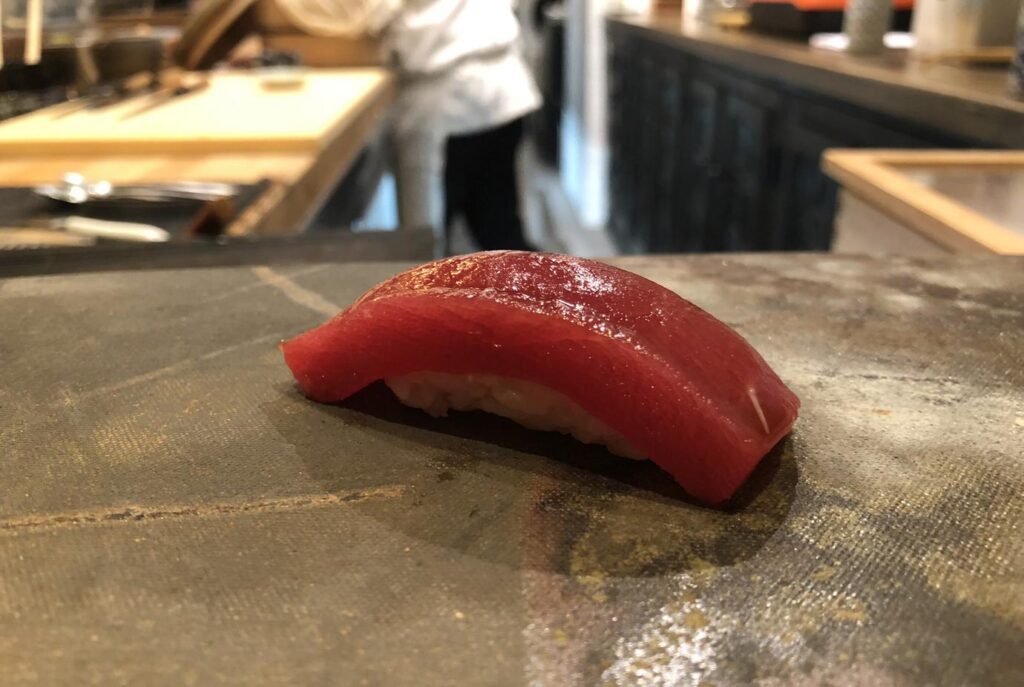
It’s easy to forget that despite the massive proliferation of intelligent sushiya in New York and the broader continent, there’s still a large number of people that think a communal dorm shower like Zuma represents good sushi. Fairly certain that a Venn diagram of those people and the folks that think “Omakase” and tasting menu” are synonymous is probably just a circle. That said, I was still caught off guard when, at Sushi Kaito, a 2-year old, omakase-only sushiya in the Upper West Side, two erstwhile individuals entered looking for a menu, and then argued when told there wasn’t one. To their credit, the wonderful staff and management handled the situation calmly; not surprising, because Sushi Kaito is, above all else, an extremely warm and welcoming sushiya that takes on the character of its family-heavy neighborhood.
Owned and operated by Yoko Hasegawa, Kaito is an intimate, 12-seat sushi counter that sources much of its fish for the three nightly seatings directly from Japan. My 90 minutes there alongside a buddy felt more like eating in my cousin’s living room than a $125/per person sushi temple. And as an added plus, it happens to have a website that puts mine to shame (seriously, check it out and drool).
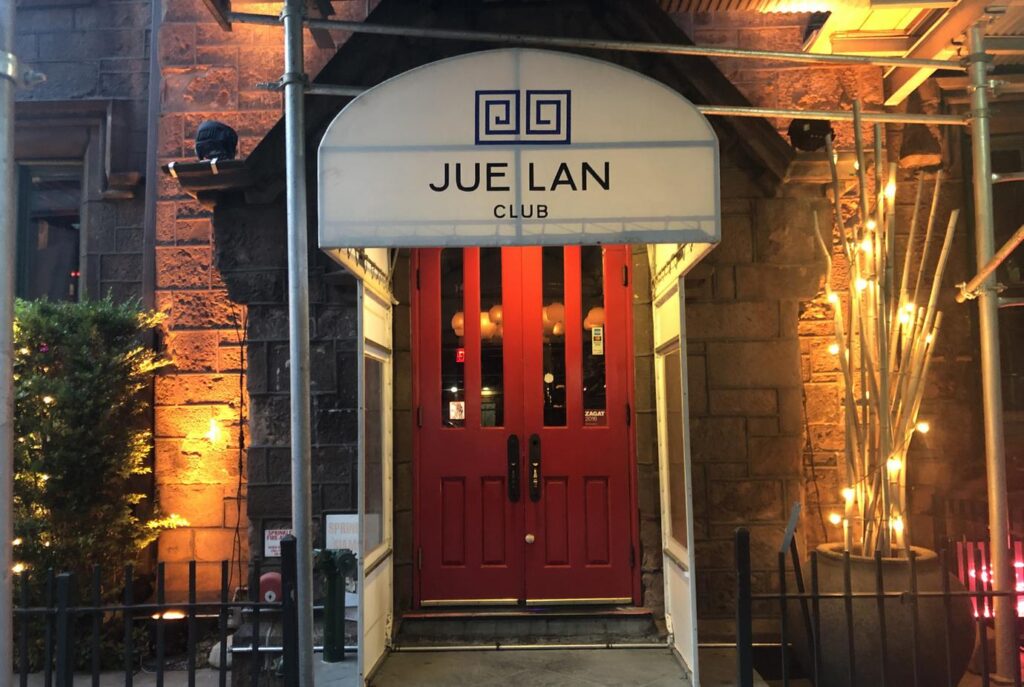
Chef David Bouhadana’s latest venture, Sushi by Bou (which theoretically you are here to read a review of), certainly covers all the familiar beats. Bouhadana – or as the locals call him, “Chef David” – is still relatively young by itamae (czar behind the bar) standards, but he’s been through a lifetime of headlines. He first rose to relative fame at Sushi Dojo, where he eventually ran afoul of New York City’s department of health because of his (correct) refusal to wear gross plastic gloves while doing something that people have been doing without them for centuries. He eventually left Sushi Dojo and created Sushi on Jones, a 4 seat omakase that makes a typically expensive activity accessible to more people. After a year, Chef David moved on from there as well, which brings us to the present day, and Sushi by Bou.
As Sushi by Bou continues to expand across the country, it’s the 30 minute omakase experience that it continues to excel at, particularly at its various New York City locations. Regardless of geography, there are familiar constants: the menu – hangs behind the bar for all to see – 12 pieces of nigiri for $50, plus what is basically Frankenstein’s temaki (for $12): wagyu beef and uni (called the “Wagyuni H.R” for obvious reasons). For all of the back and forth banter between chef and customer, it’s easy to forget that Chef David can still form his nigiri with the best of them.
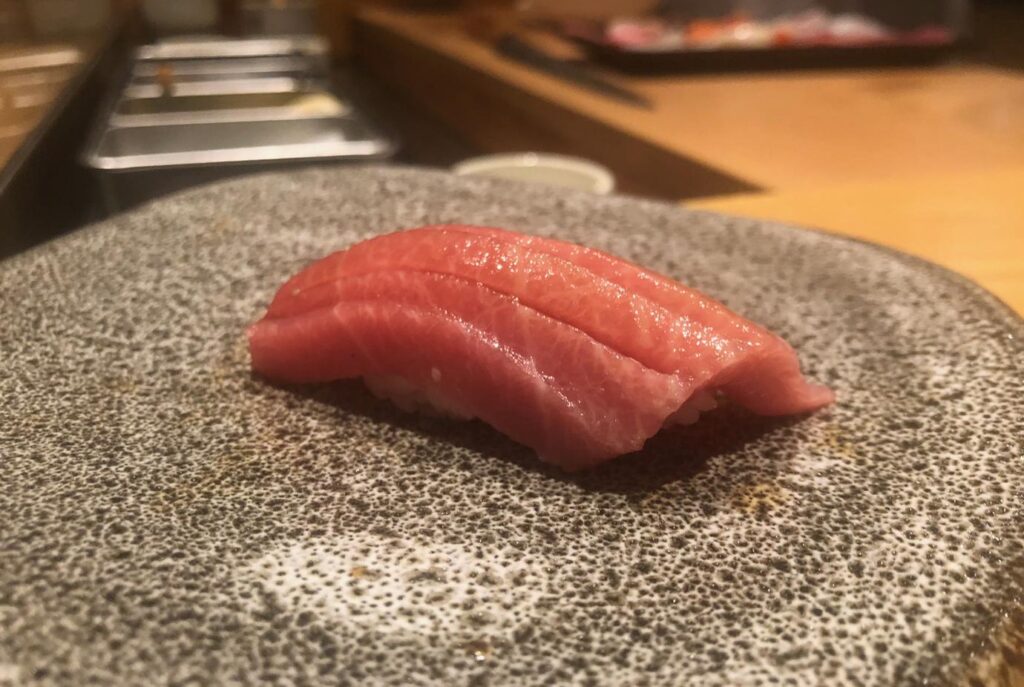
Zawa Japanese is a delightlful marriage of neighborhood sushiya and an “open door omakase”, a term I literally just made up. To wit, my first time at the 7 seat counter had three people: yours truly, a father and his daughter (introduce your kids to different cultures please!). No high snobiety, no hushed voices, no scared customers and no gatekeeping.
Of all the sushiya on this list, none has suffered more from a lack of media attention than Zawa. As far as I can tell, it hasn’t been reviewed in the Times, on Eater or really any major publication or blog in New York City. In fact, a quick google search has my Zawa blog – which is a shell and supposedly hidden from the internet machine – on page 1. That’s objectively bad.
Real, non-shelled review to come.
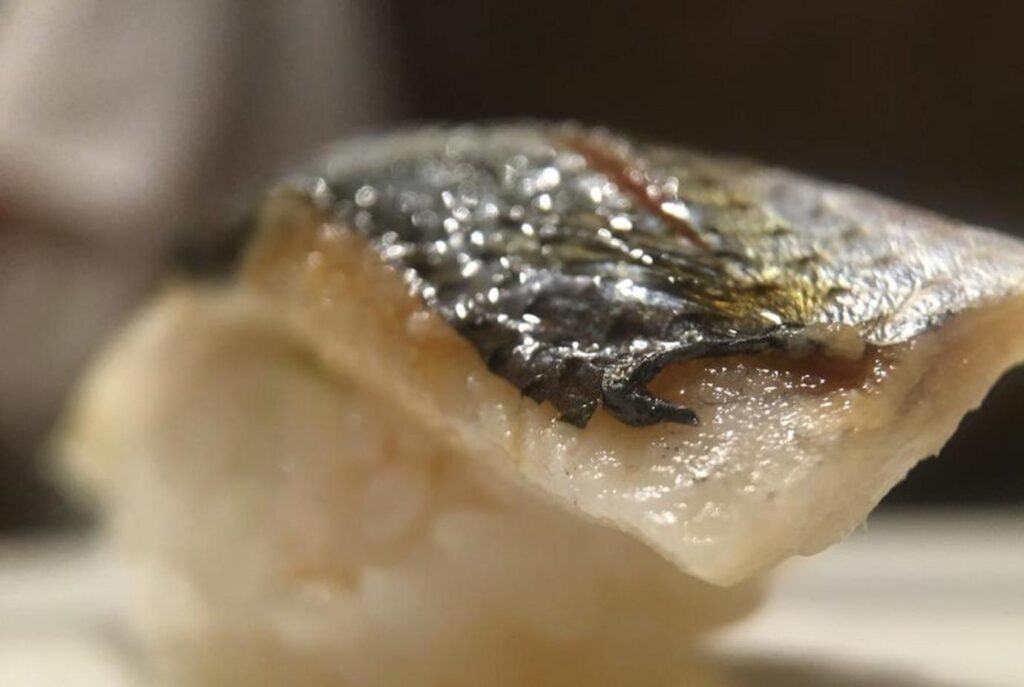
It seems that with a new sushi restaurant opening daily in New York City – which is, by the way, the mecca of sushi outside Japan – finding the sushi restaurant that fits your mood is easier than ever. So on a lazy Saturday night, I figured I’d make the 20 minute trek by Subway to Sushi Daizen in Long Island City. Early reviews pegged it for having a high quality omakase with none of the bells and whistles that familiar haunts like Ichimura, 15 East and even Sushi Inoue have. Unfortunately, I ran into an all-to-familiar sight – a subway closure, which turned my 20 minute jaunt into a 75 minute expedition. By the time I finally found the inocuous storefront on Vernon Ave, I was ready to just relax. Fortunately, the staff was more than accommodating, even indulging me when I moved seats multiple times (yes, I’m that annoying blogger who needs the lighting to be justttttt right).
Daizen has a small daily features menu, which I would absolutely recommend if you are prefer something more reasonable. In fact, I actually went to Daizen alone and – despite some issues finding the hidden restaurant – felt that the set up of the restaurant and all of its menu options made it easier to relax. That’s because the fish is diverse enough – and the prices low enough – that ordering on a whim is encouraged. Most people around me ordered in spurts, rather than all at once, which seemed to make it easier to keep the conversations going. Despite the fact that it was Saturday , the restaurant was more than happy to let people spend as much time as they want at the bar. For me though, I take the responsibility of sushi blogger extremely seriously. So I ordered the omakase. You’re welcome, dear readers.
